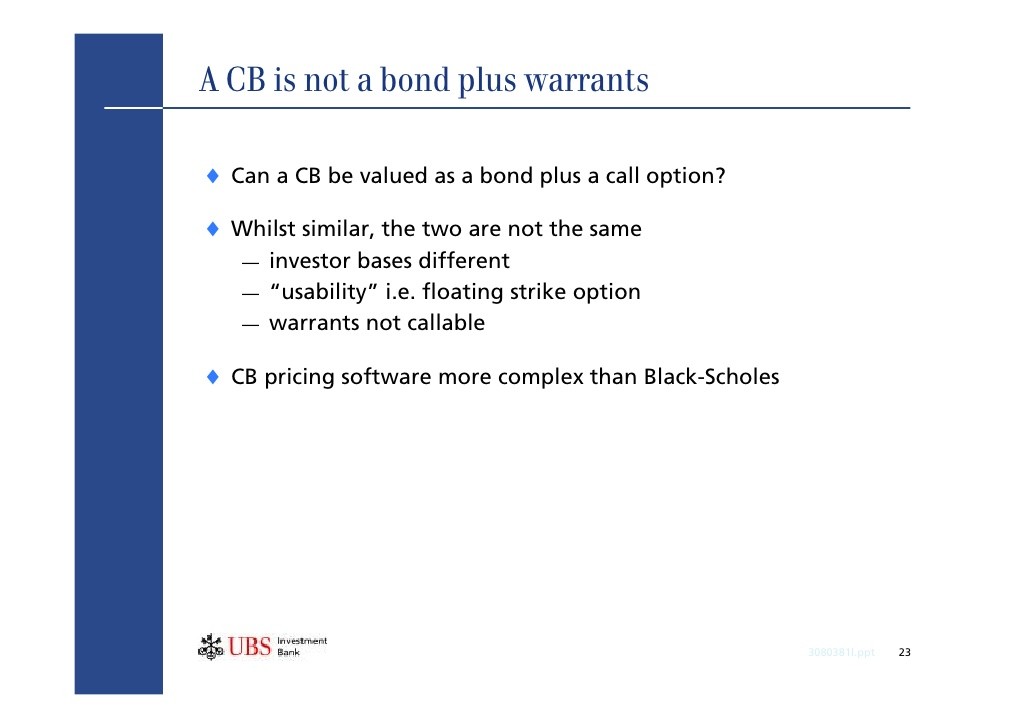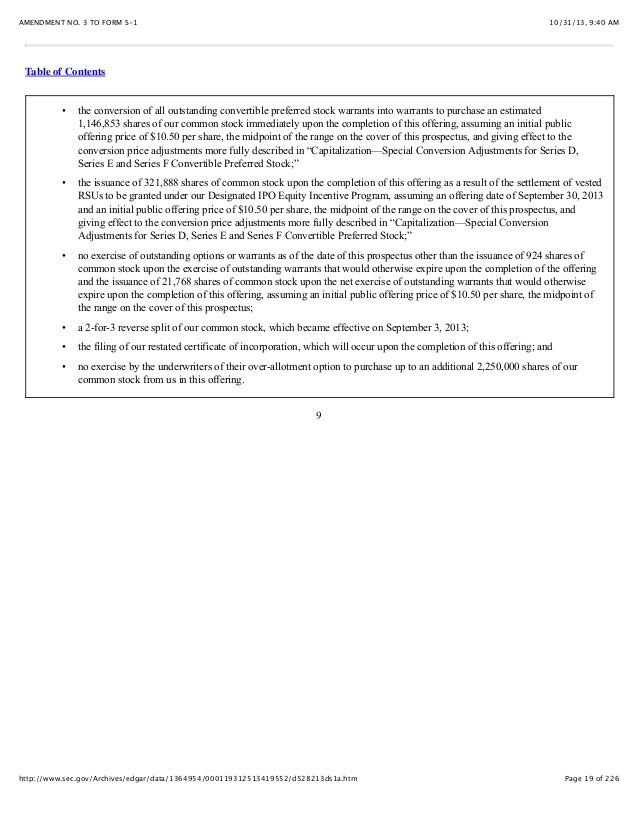How to account for convertible notes with warrant I am not
Post on: 25 Сентябрь, 2015 No Comment

Customer Question
Expert: Lindie-mod replied 2 years ago.
Hi,
Im a moderator for this topic. Ive been working hard to find a Professional to assist you with your Tax. but sometimes finding the right Professional can take a little longer than expected.
Expert: rakhi.v replied 2 years ago.
Dear Friend,
It is argued that a convertible bond has a similar economic effect on the issuing company as issuing debt and share warrants (options) at the same time.
Prior to introduction of IAS 32, IAS 39 and IFRS 9, entities used to account for compound debt instruments in a similar way to ordinary financial liabilities, i.e. a liability was recorded for the entire amount of proceeds from the issue of convertible bonds while interest was charged at the nominal rate. This distorted the financial performance and position of the issuing company in two ways. Firstly, as convertible bonds usually carried lower interest rate than ordinary debt because of the conversion option, the true opportunity cost of financing the debt was not being recognized. Secondly, the financial position of the entity did not present the fact that the entity had in effect issued share options as part of the convertible debt arrangement.
Coming to your question in specific.
The accounting treatment would be as under:
IFRS propose that the issuing company must separately identify the liability and equity components of convertible bonds and treat them accordingly in the financial statements.

Initially, the liability component is calculated by discounting the future cash flows of the bonds (interest and principle) at the rate of a similar debt instrument without the conversion option. The value of the equity component is the difference between the present value of the liability component of the convertible bond (as mentioned above) and the total proceeds from the issue of bonds. This is known as the residual approach to calculation of equity component which assumes that value of the share option is equal to the difference between the total issue proceeds of the convertible bonds and the present value of future cash flows using the interest rate of a similar debt instrument without the option to convert into shares.
Subsequently, Interest is charged to the income statement based on the effective interest rate, which is usually higher than the nominal rate, to reflect the true opportunity cost of the financial liability.
Upon maturity of the convertible bonds, the accounting treatment depends on whether the conversion option is exercised or lapsed. If the conversion option is not exercised, the company will have to pay the principal amount of the convertible bonds. Therefore, the outstanding liability may be simply de-recognized. If however, the conversion option is exercised, the company will have to issue shares to the bondholders. Hence, both liability and equity components of the convertible bonds will need to be de-recognized and replaced by share capital reserves as they are treated as consideration for the new shares issue.
Illustration:
I hope this helps.
Rate this answer POSITIVELY IF you are done with this and if this helps and satisfies you as this is the only way we get compensated for assisting you. You may use CONTINUE CONVERSATION to revert with additional queries if you have or if I have missed out on any aspect of your question














